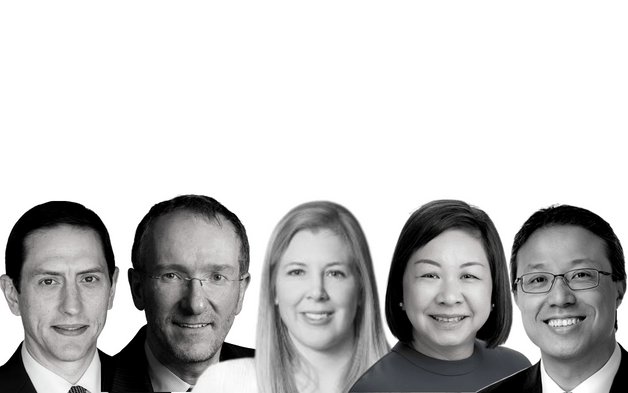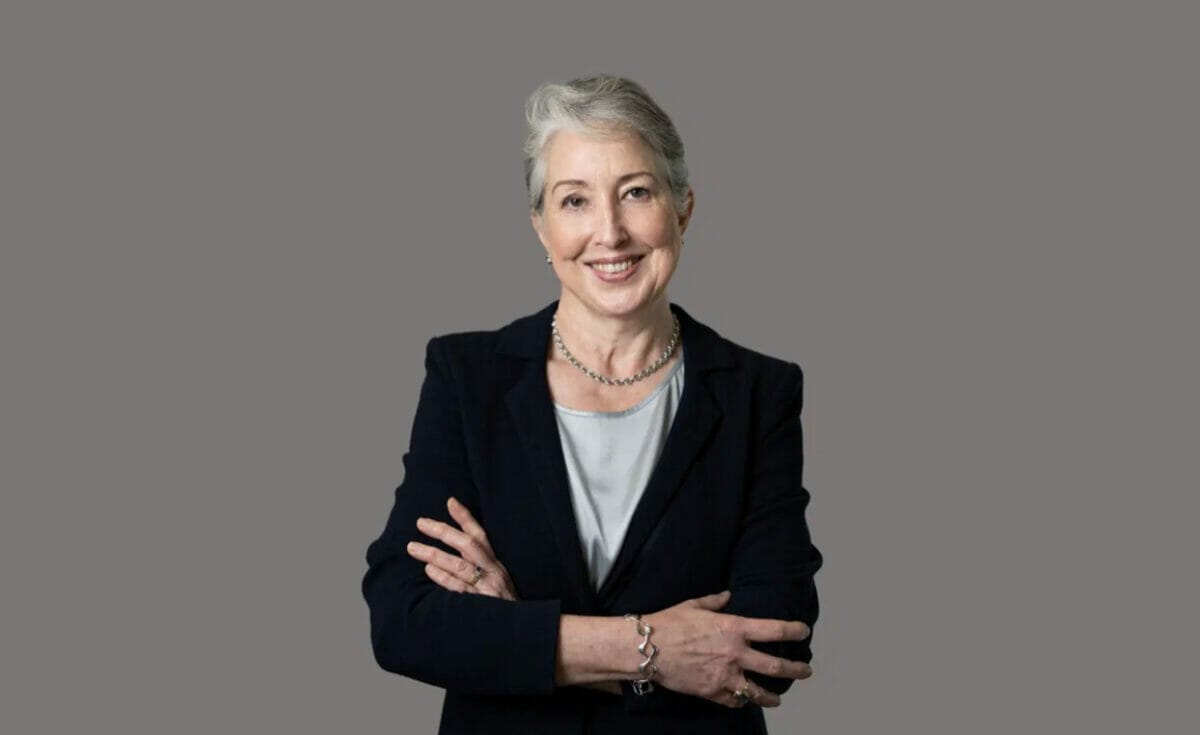The relative opacity of hedge funds and some private equity funds is proving a challenge for investors as they quantify their carbon footprints, particularly investors employing the mostly-outsourced “endowment style” of investing common in United States educational institutions.
This and other challenges such as governance and talent were discussed in a panel discussion about implementing net zero emissions strategies, with experts from five different countries speaking at Conexus Financial’s Sustainability in Practice forum held at Harvard University.
The Harvard Management Company, which uses the endowment style of investing to manage Harvard University’s endowment, has a different challenge to many other funds as the vast majority of its assets are managed by external, third-party managers, said Michael Cappucci, the company’s managing director, sustainability.
Additionally, almost the entire portfolio is in alternative asset classes like hedge funds and private equity.
Nonetheless, Harvard was the first among university endowments to commit to net zero emissions by 2050, and this challenged the fund to come up with a methodology for assessing its carbon footprint and working out a pathway to net zero. This proved particularly difficult for hedge funds, Cappucci said.
“Hedge funds are notoriously quite secretive and quite reluctant to…provide access to their holdings and position information,” he said. While private equity funds do provide more information about their investments, it is harder to get the information necessary to understand their greenhouse gas emissions profile.
While limited as a non-profit to engage in public policy debates, the Harvard Management Company has twice submitted comment letters to the US Securities and Exchange Commission in favour of its climate disclosure rule proposal.
Imperfect data
Funds with greater levels of in-house management face different challenges on the same journey towards net zero, particularly working with imperfect data.
Canadian pension fund CDPQ manages about C$392 billion which is invested largely in-house. The fund has been working on sustainable investment for more than 25 years, and started looking at targets related to climate change immediately after the Paris Agreement, according to the fund’s head of sustainability, Bertrand Millot.
Setting the tone on sustainability from the top is important, along with some degree of tolerance to imprecise data, Millot said. While lack of data is sometimes given as a reason for inaction on climate, “you will never have enough data to make decisions,” he said. “You just need to get going; get started.”
In 2017 CDPQ announced [net zero] targets for all of its asset classes, and linked them to remuneration.
“That focussed the mind,” Millot said. “Within the organisation, of course, there was resistance, but it was, I think generally…understood that this was the thing to do.”
At Australian superannuation fund State Super, chief investment officer Charles Wu said it took the fund about six months just to collect the information required to understand its carbon footprint, with private equity and hedge fund investments proving particularly difficult.
While admitting State Super was “late to the party when it comes to net zero,” Wu said the fund wanted to make sure there was a resilient and actionable plan before making the commitment.
These are long-term plans, that are subject to a lot of variables and use numbers where “what you see may not be what you get,” Wu said. “So the actionable plan needs to be very robust and very resilient to all kinds of different market conditions, and that’s why the formulation of that plan was challenging.”
Building tools and expertise was the most important element in the strategy for Edinburgh-based asset manager Abrdn. Fionna Ross, head of sustainability institute, Americas, for Abrdn, said the global asset manager has focussed on having the governance structures, and bringing in the expertise, to drive its strategy and commitments.
Last year, Abrdn appointed a head of climate change strategy, and has been developing the tools necessary to collect the data to measure and benchmark progress.
All investment teams have been equipped with a carbon footprint tool to position portfolios against a carbon footprint benchmark, she said. This allows teams to dig deeper and understand what is driving their carbon footprints.
“Often…it does seem to be a few companies that are actually driving that carbon footprint,” Ross said. “Increasingly, asset owners, the people that we’re working with, they want to be able to have visibility on that as well.”
Abrdn has also introduced a climate scenario analysis tool which assists in engaging with higher emitters that are implementing plans to decarbonise. “It’s obviously important to understand how your portfolio is currently positioned, but in order to drive progress, in order to reach the net zero 2050 future, we need to be thinking about the further trajectory of those companies that we’re holding.”
GIC
GIC, the sovereign wealth fund in Singapore, is playing an active role in engaging with emitters to reduce the emissions of the Asian electric utility sector.
GIC invests across a wide range of asset classes with many actively managed in-house. Sustainability is integral to the fund’s mandate to deliver long-term returns, and to enhance and preserve the purchasing power of assets under management, according to Rachel Teo, GIC’s head of total portfolio sustainable investing and head of sustainability.
GIC has committed to supporting the global transition to net zero emissions through its investments and operations, Teo said. Reducing the operational footprint via cutting travel has been the easy part; elsewhere some of the reduction has to be achieved through offset.
On the investment side, GIC invests in green solutions that will help accelerate decarbonisation in the broader economy and engages with portfolio companies. “We are prepared to fund our portfolio companies in their adoption of low-carbon technologies to bring their carbon emissions down,” Teo said.
GIC is part of the Asia Investor Group on Climate Change, in the Asian Utilities Engagement Program, as the Asian electric utility sector contributes to approximately 23 per cent of global carbon dioxide emissions.
“One of the companies, CLP [Power] in Hong Kong, committed to phase out its coal-fired plants by 2040,” Teo said. “Tenaga Nasional Berhad in Malaysia, and PLN [State Electricity Company] in Indonesia – both of them set quite aspirational net zero targets.”


